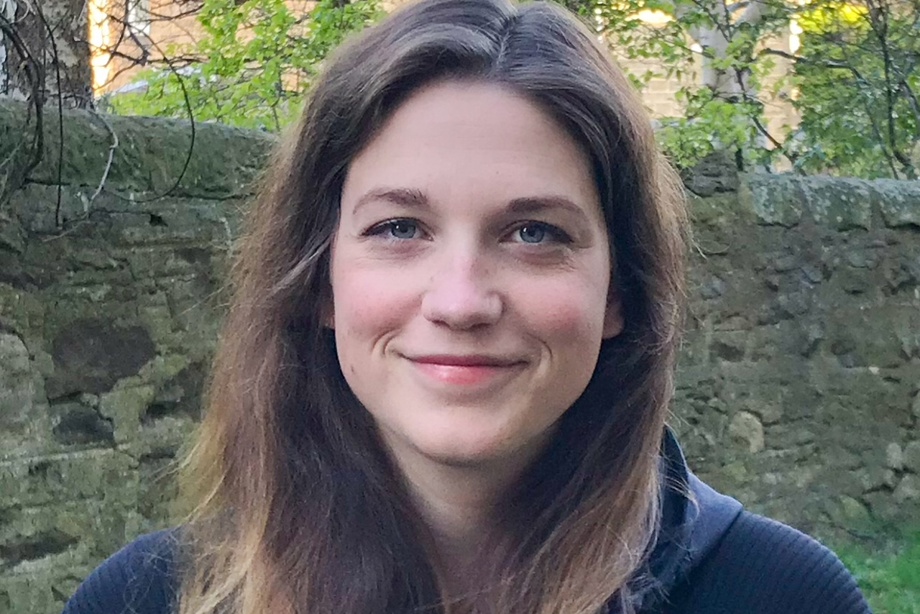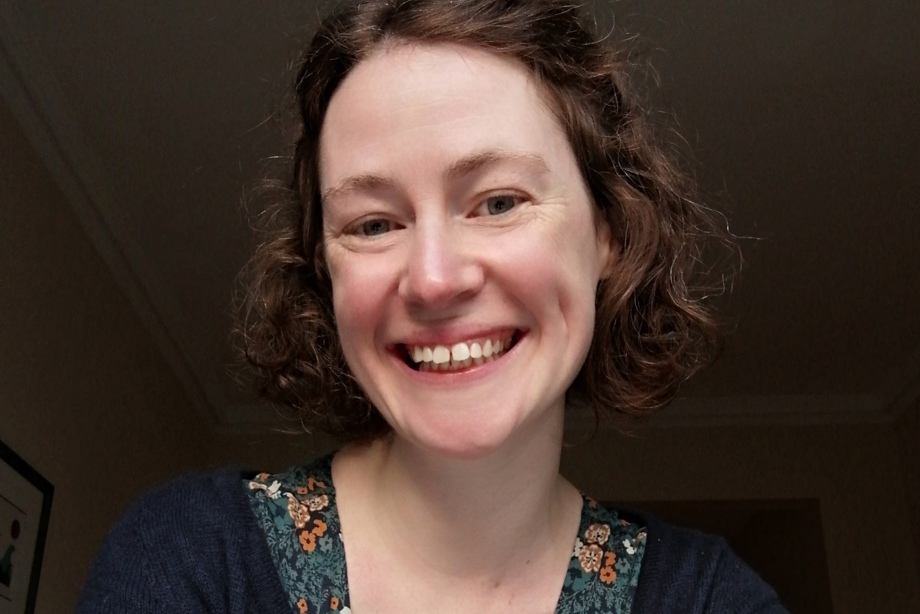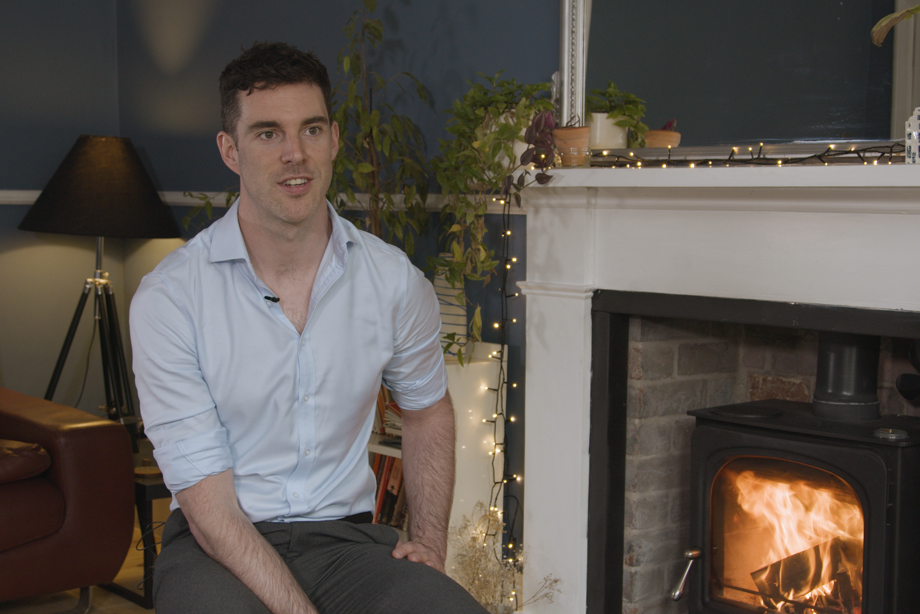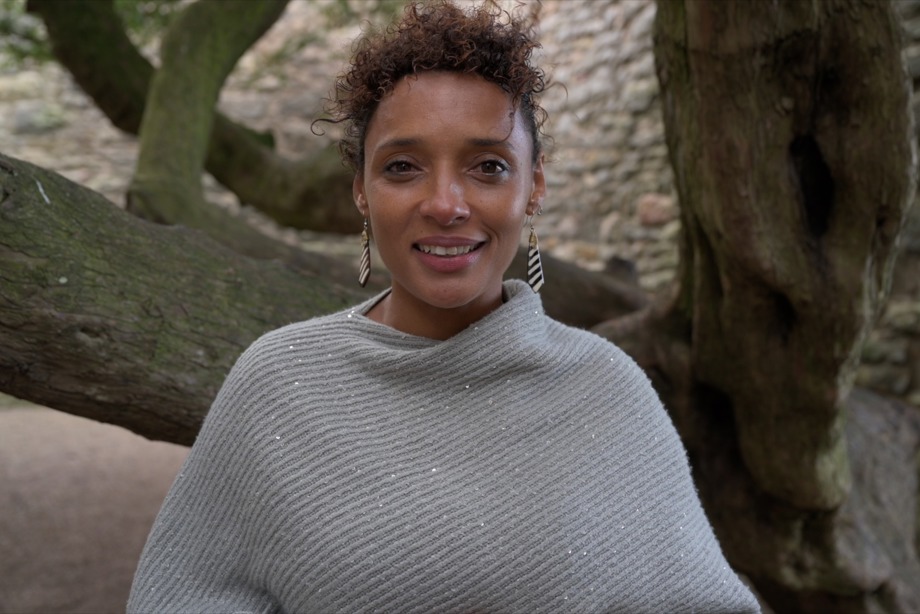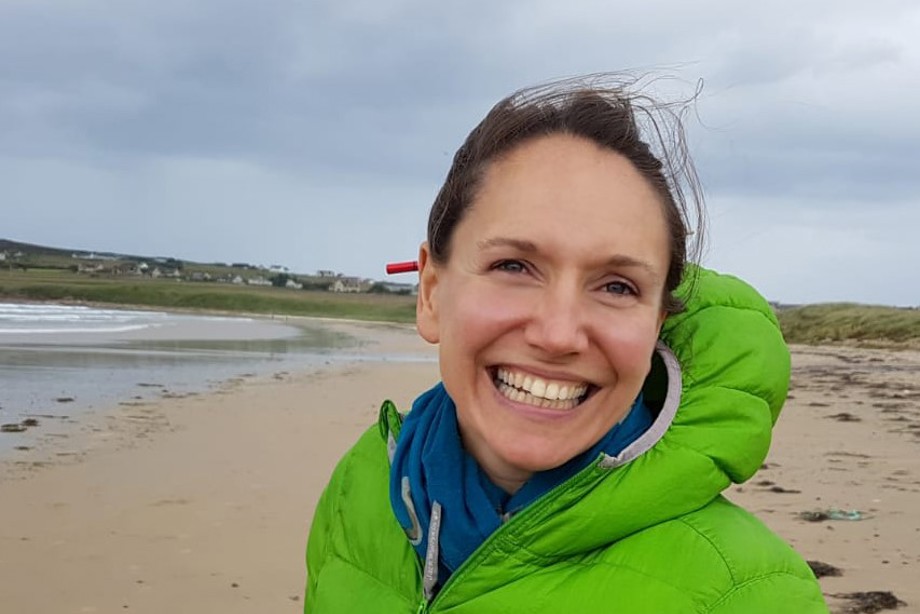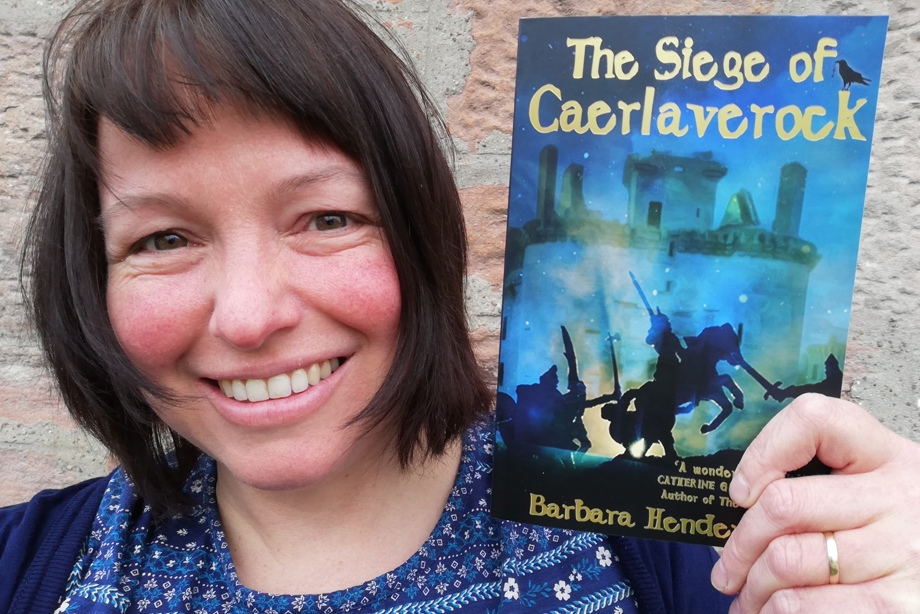Dr Laura Harrison, Cultural Resources Advisor
As an historian, my work is all about stories! My job is to take stories from history and understand what they tell us about people living in the past. I love that I then get to help share these stories today, so they can be passed on to future generations too.
My top tip is to think about the narrator of the story and try to show the different emotions they might have been feeling.
Sally Gall, Interpretation Officer
I use words and images, films, games and music to tell the stories of historic places. It’s my job to tell the stories of lots of different people, and open up history for as many people as possible. I want everyone to be welcome when they visit, and to feel that the stories being told are their stories too.
My top tip is to think about all the senses – touch, taste, smell, sight and sound – and try to use them all in your storytelling.
Sally has organised for Deaf tour guide John Hay to give tours sharing the stories of Edinburgh Castle and Stirling Castle in British Sign Language (BSL)
Dr Alasdair Whyte, Gaelic Singer
I enjoy sharing people’s stories with others through song. As a Gaelic-speaker, I like learning the stories of people who also spoke Gaelic and who chose to share their stories in Gaelic. The stories in Gaelic song make me cry, make me laugh and, above all, make me proud to be from Muile~Mull and from Alba~Scotland. My top tip for telling stories is to put your heart into them. Put yourself in the shoes of the person who first told the story and tell it like it’s your own.
Mara Menzies, Performance Storyteller
I live and breathe stories every single day learning, creating, and sharing them at festivals, in theatres, in schools, in fact, wherever anyone needs a story. I love to think of how differently they can be used by people in all sorts of situations, either learning from them, being inspired by them, or simply being entertained for a short while.
My top tip for storytelling is simply to tell stories that you really love.
Mara Menzies has created a ‘top tips for storytelling’ video that you can watch online alongside her wonderful story ‘Finding Home’.
Helen Wyllie, Illustrator
My job is to illustrate people’s stories, so I either back up their words or I convey them purely by image. Sometimes I’m illustrating a story, creating a picture book, or the elements for an animation. Other times I’m creating a single image that can convey some of the story to an audience - perhaps a poster for a theatre show, or an album cover. My favourite thing about telling stories is that I’m given words to interpret, and then I get to produce what I imagine!
My top tip is to really understand what you’re telling. Research, think, build a back story in your head. Mean it.
Helen creates many of the illustrations used in the Learn section of this website.
Barbara Henderson, Children’s Author
I write historical adventures for children and young people. I also get to travel to schools to talk to pupils about my work, tell them stories and run drama workshops. My favourite thing about stories is the magic of the 'head-cinema' - telling a story, aloud or on a page, sets something in motion in the reader and listener: They begin to see something in their minds. My words and their imaginations create something unique together. You know it's working when you spot a faraway look in their eyes!
My top tip is that good storytelling is like a party: arrive late, leave early. Come in when the story is already kicking off and end when the major conflict or issue is resolved.

